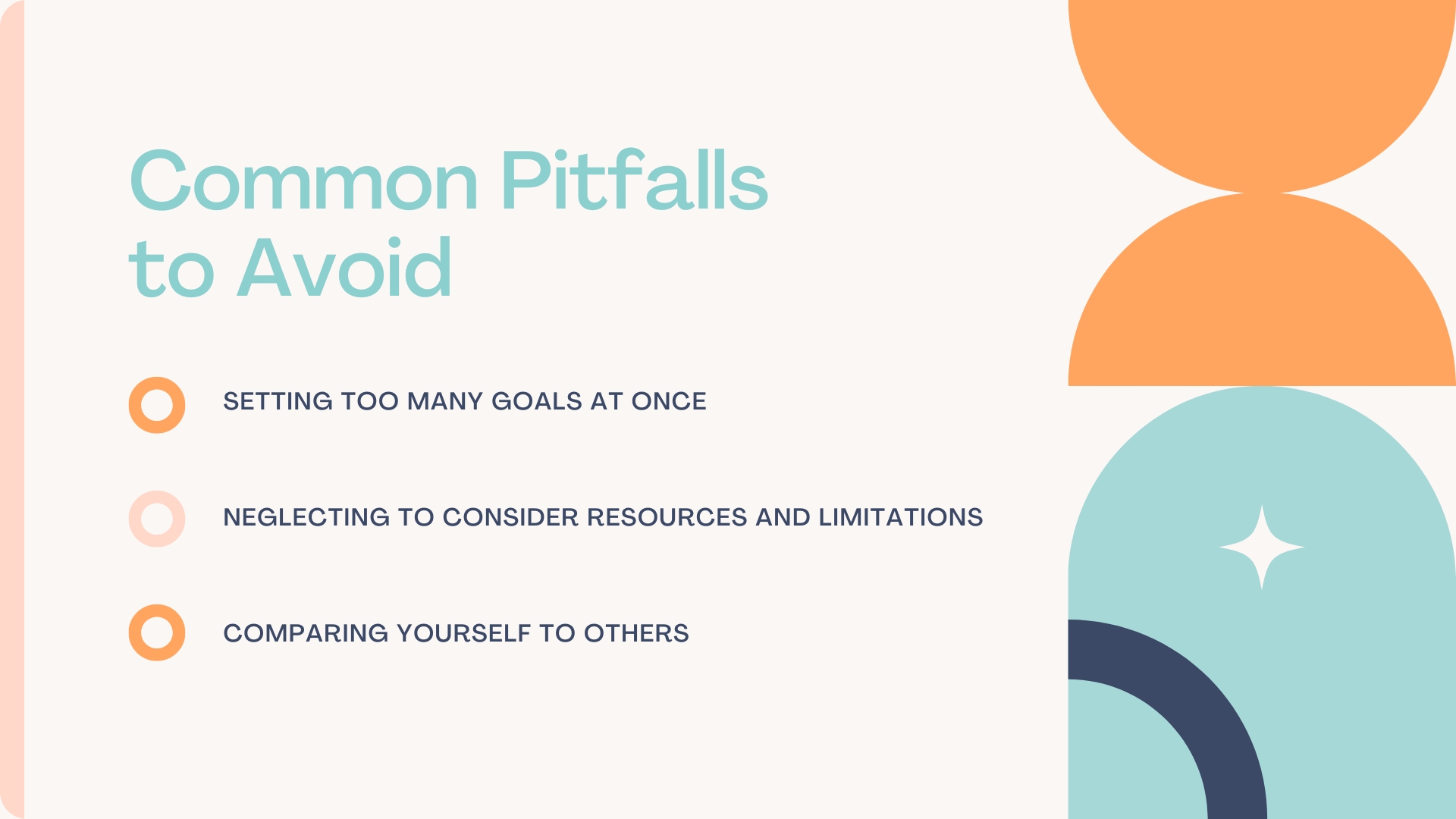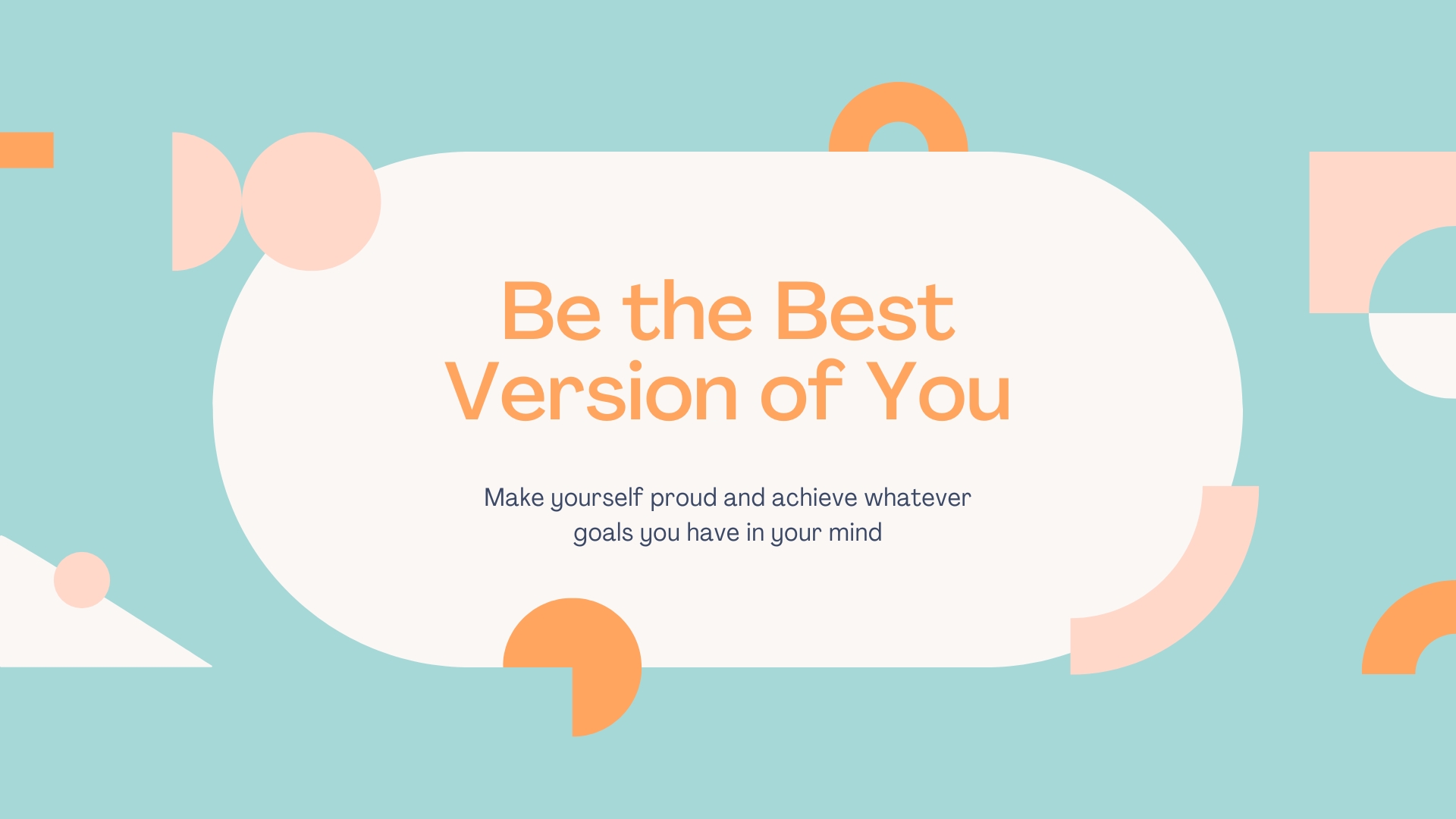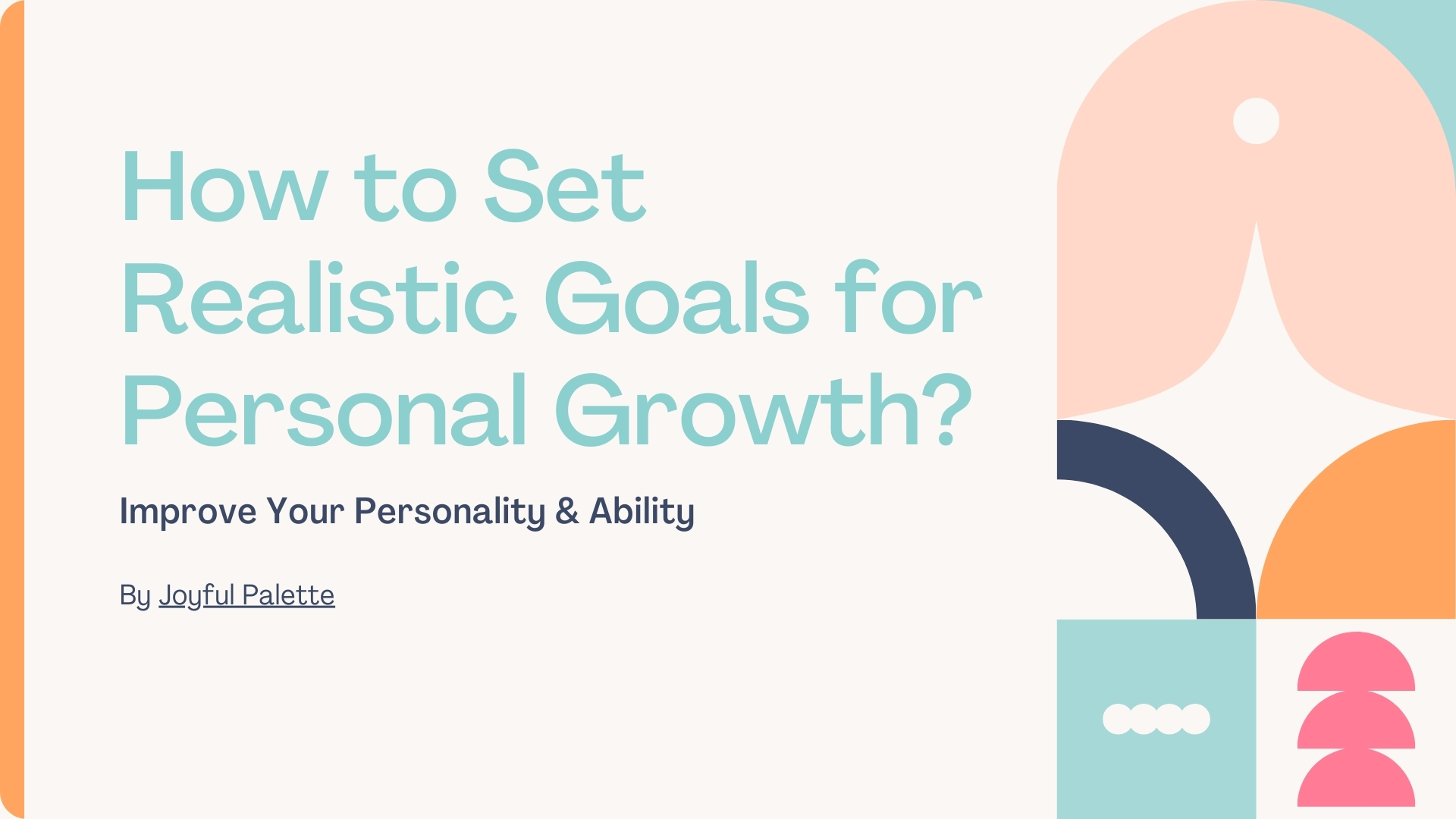How to Set Realistic Goals for Personal Growth?
Achieving personal growth and self-improvement can be incredibly rewarding, but it often requires setting the right goals. Many people make the mistake of setting goals that are unrealistic or unsustainable, leading to frustration and giving up. In this post, we’ll explore strategies for setting goals that will actually help you grow and develop.
Understand Your Baseline
Before setting goals, take an honest look at your current abilities, habits, and circumstances. This establishes your starting point and helps you determine what’s realistically achievable. Consider factors like your existing knowledge, skills, schedule, and resources.

Make Goals Specific and Measurable
Vague goals like “get healthier” or “be more productive” are difficult to track and achieve. Instead, set goals that are concrete and quantifiable, such as “exercise for 30 minutes 3 times per week” or “complete 1 work project per month.”
Set Incremental Milestones
Break down bigger goals into smaller, manageable steps. This makes the path to success feel less daunting. For example, if your goal is to read 12 books this year, aim to read 1 book per month.
Related Posts and Printables:
Account for Obstacles
Anticipate potential challenges and plan how you’ll overcome them. What resources or support do you need? How will you stay motivated when progress feels slow?

Be Realistic About Time
Many people set goals without considering how much time and effort they actually require. Underestimating this can lead to burnout. Build in buffer room and don’t overcommit.
Regularly Review and Adjust
Your goals may need to evolve as your circumstances change. Review your progress periodically and tweak your goals as needed. Celebrate small wins along the way. By setting realistic, measurable goals and planning for obstacles, you’ll be much more likely to achieve meaningful personal growth. Start small, stay consistent, and enjoy the journey.
Examples of Realistic Growth Goals
Health & Fitness
- Exercise for 30 minutes 3 times per week
- Replace soda with water 5 days a week
- Get 7-8 hours of sleep per night
Career & Productivity
- Complete 1 online course per quarter
- Spend 1 hour per day on professional development
- Finish 1 work project per month
Financial
- Save $200 per month towards an emergency fund
- Pay an extra $50 per month towards credit card debt
- Review spending and make a budget every 3 months
Personal Development
- Read 1 book per month
- Practice 10 minutes of meditation daily
- Initiate 2 meaningful conversations per week
Tips for setting realistic goals as a student:
Academic Goals:
- Aim to improve your GPA by 0.2-0.5 points per semester
- Complete 1 extra credit assignment per class per term
- Spend 2-3 hours per week on homework and study for each course
Personal Development Goals:
- Read 1 non-fiction book per month
- Practice 20 minutes of mindfulness/meditation 3 times per week
- Join 1 new student club or organization per year
Time Management Goals:
- Limit social media/recreational screen time to 1 hour per day
- Review your class schedule and make a weekly plan every Sunday
- Wake up at the same time (within 1 hour) every weekday
Realistic goal ideas for individuals with ADHD:
Academic/Work Goals:
- Complete 1 daily task or assignment before checking social media
- Spend 25 minutes working on a project, then take a 5 minute break
- Arrive to class/work 10 minutes early 3 times per week
Health & Wellness Goals:
- Exercise for 30 minutes, 3 times per week
- Take ADHD medication as prescribed 90% of the time
- Practice 10 minutes of mindfulness/meditation daily
Organization Goals:
- Clean and organize one work/study space per week
- Use a planner or to-do list to track deadlines and appointments
- Set 3 phone reminders per day for important tasks
The key is setting specific, incremental goals that account for the challenges of ADHD. Build in structure, reminders, and short breaks. Review and adjust goals regularly as you make progress. Celebrate small wins along the way.




